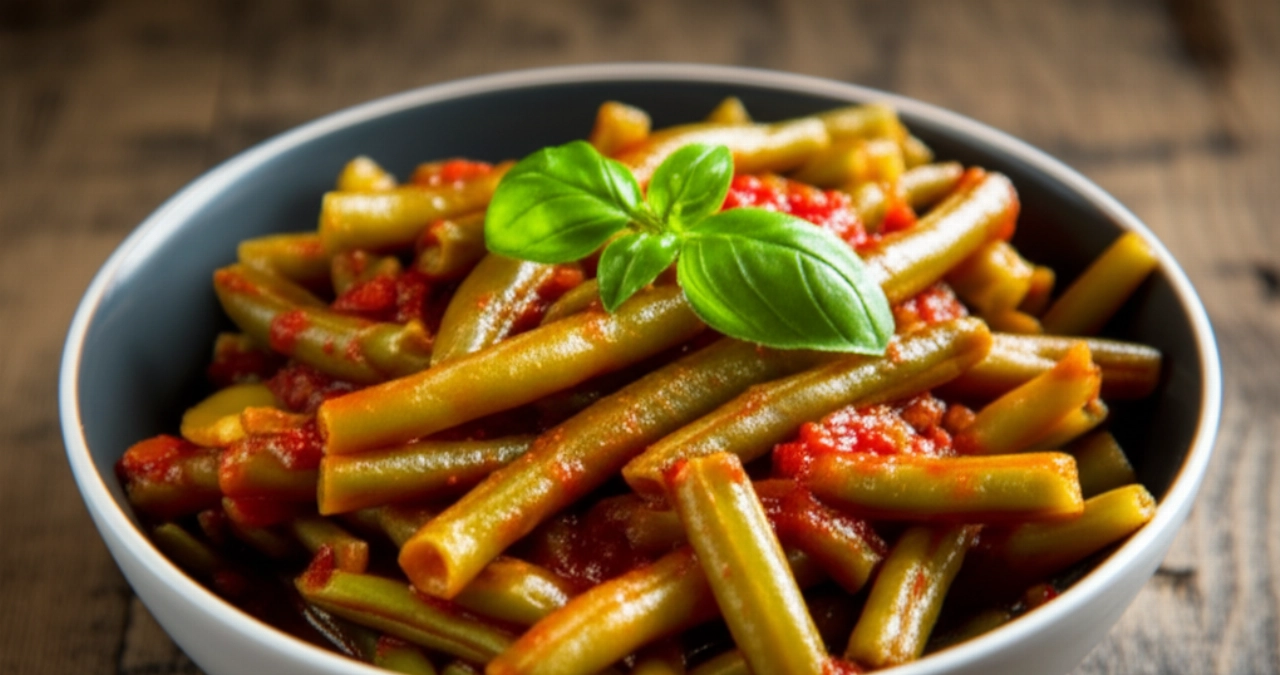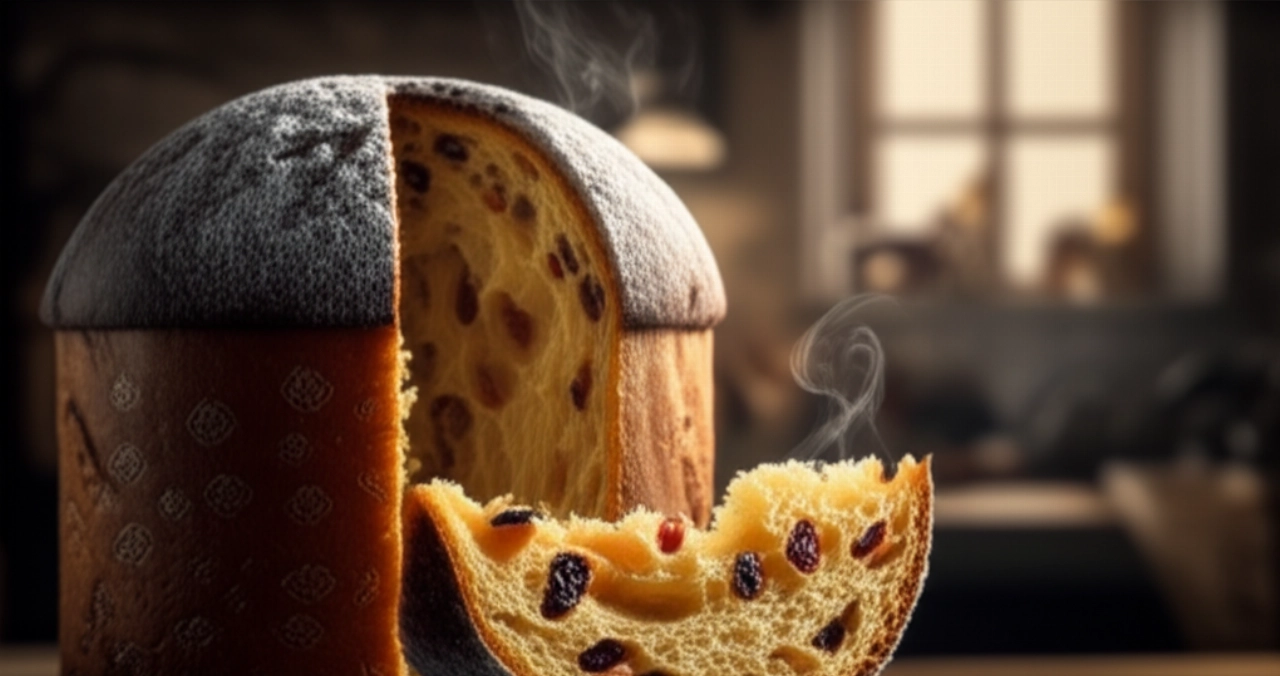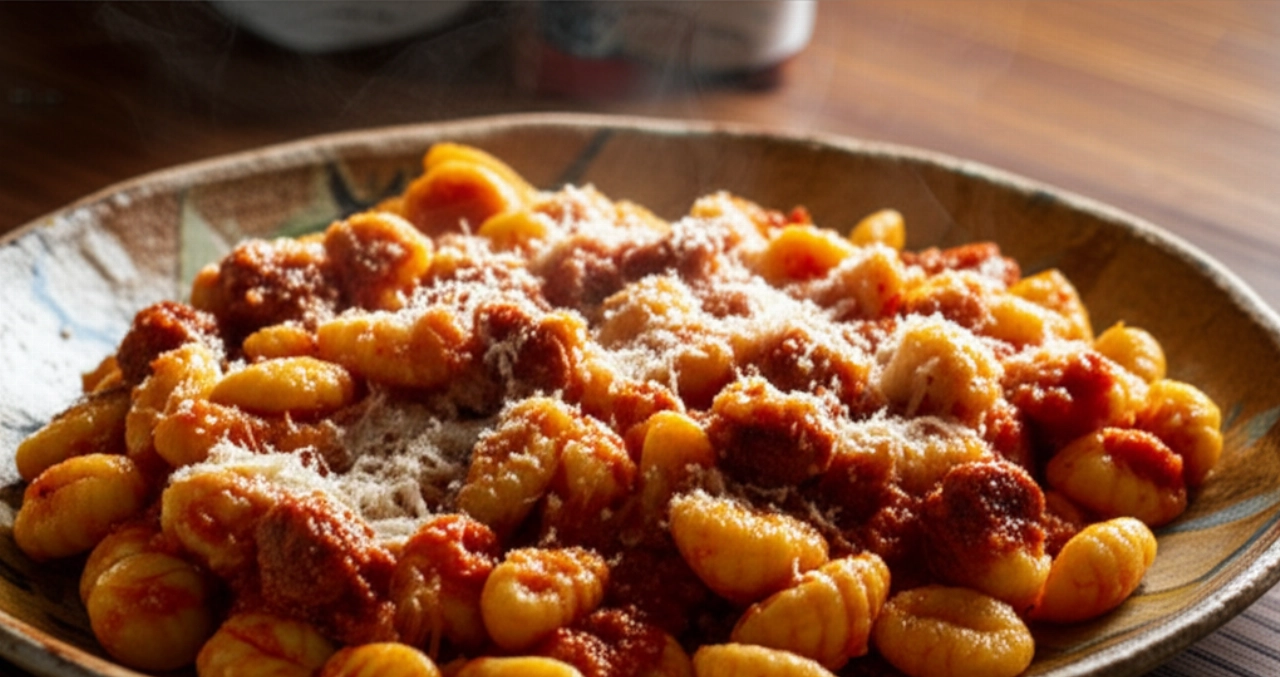There's a scent that smells of home, of an endless summer, of sunshine enclosed in a jar. It's the unmistakable aroma of homemade tomato passata. A precious treasure that allows us to bring the authentic taste of the beautiful season to our tables even in the heart of winter, transforming every sauce into a masterpiece of flavor and tradition.
But how many times have you dreamed of preparing it and found yourself stuck? Perhaps the fear that it won't preserve well, that it won't be thick enough, or worse, that the taste won't be that authentic, comforting flavor of grandma's. Online recipes sometimes seem complicated, full of unclear steps that generate anxiety and the fear of wasting time and precious tomatoes.
Make yourself comfortable, because today I'm revealing all the secrets for a perfect tomato passata, thick, fragrant, and above all, safe. Not just a simple list of ingredients, but a real step-by-step guide, full of tips and practical advice, that will guarantee you tremendous success. Here, on Search Recipes, your success is guaranteed, just as if your grandma had prepared it, with that love and wisdom that only experience can provide.
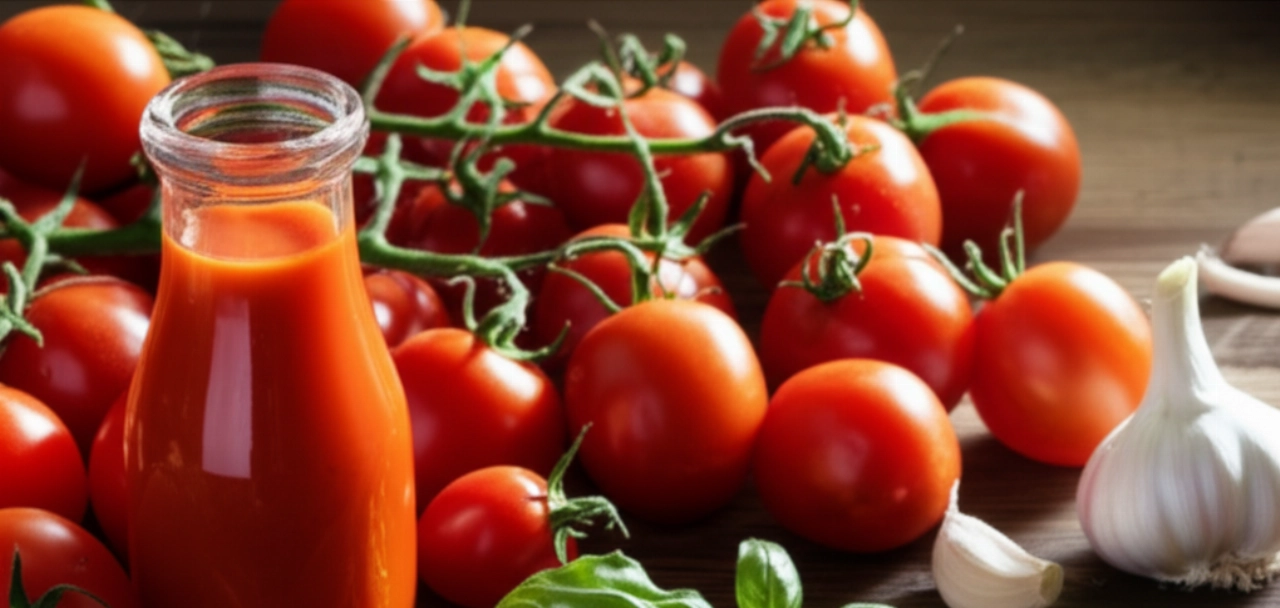
Ingredients for a Dream Tomato Passata: The Choice That Makes All the Difference
The quality of your passata begins with the choice of ingredients. It's not just a matter of quantity, but of heart and knowledge. Here's what you need for a result that will make you say "Wow!".
- Tomatoes: The undisputed star! Choose ripe, firm tomatoes of varieties suitable for passata, such as San Marzano, Roma, Perino, or Pizzutello. These are the ones that will give you the sweetest flavor, the right acidity, and the ideal consistency. Avoid overly watery or unripe tomatoes; they won't give you the desired yield.
- Fresh Basil: A few sprigs, but very fragrant. Basil is not just a seasoning; it's the soul of the passata, that aromatic touch that elevates everything and takes you back to the flavors of yesteryear.
- Coarse Salt: To enhance the flavor of the tomatoes and aid in preservation. Don't overdo it; the salt should balance, not overpower.
- Glass Bottles or Jars: Clean and perfectly sterilized. This is a crucial step for the safety and long-term preservation of your passata. Don't skimp on this aspect!
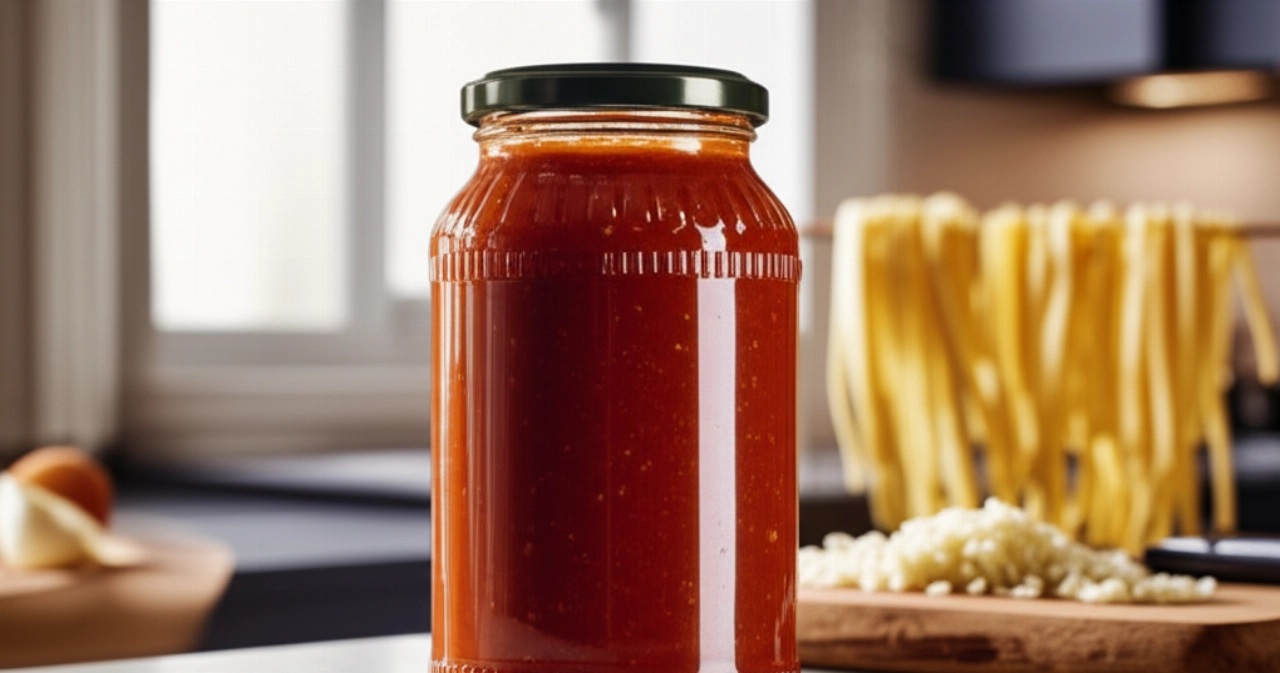
Mistakes to Avoid: The Secrets for a Passata That Never Fails You
As the most trusted kitchen guardian, I want to warn you about the small pitfalls that can compromise your masterpiece. Knowing these mistakes will allow you to avoid them and proceed with confidence.
- Not choosing the right tomatoes: Overly watery or unripe tomatoes will make your passata bland, acidic, and too liquid. Always choose quality and the right variety; it's the first step towards success.
- Underestimating sterilization: This is the FUNDAMENTAL step for food safety. Bottles and lids must be impeccable to prevent mold formation or, worse, dangerous bacteria. I'll explain how to do it flawlessly.
- Cooking the tomatoes too much or too little: The initial cooking is a balance. Too little and they will be difficult to strain; too much and they will lose some of their freshness and flavor. I will guide you to the right point.
- Not creating the vacuum correctly: A perfect vacuum seal is the key to long and safe preservation. Don't rush this final stage; it's what seals your work.
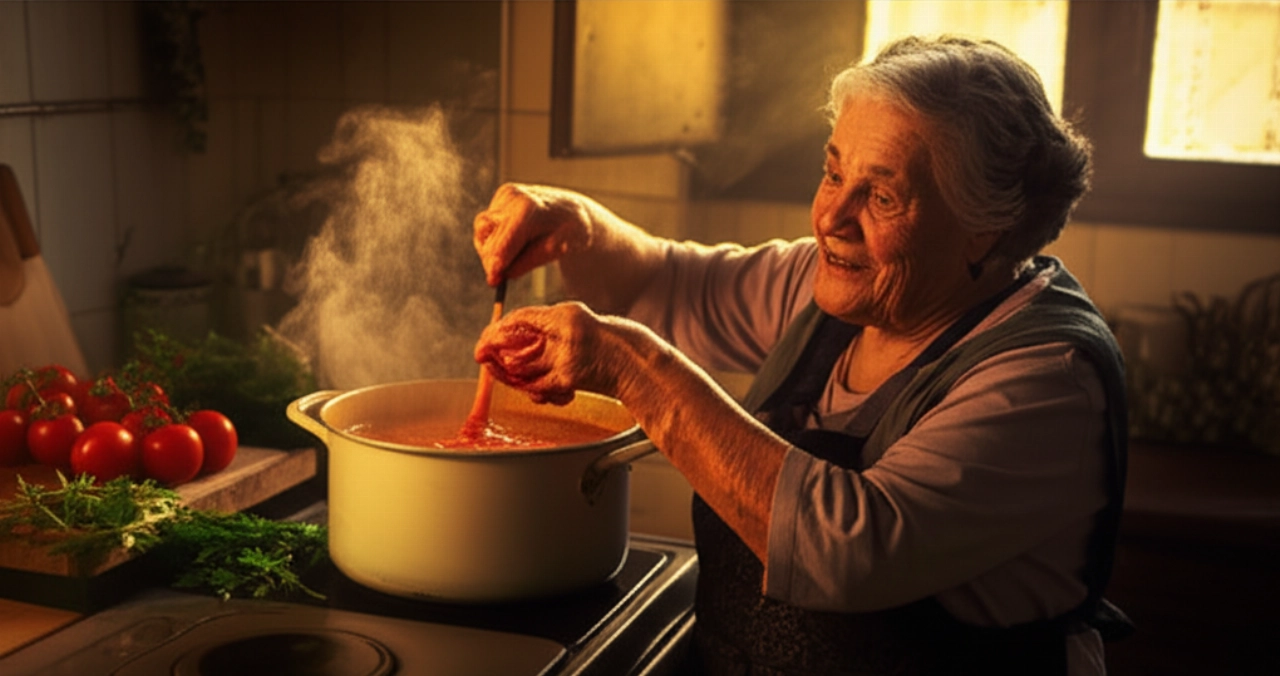
Grandma's Secret: That Extra Touch That Makes Passata Unforgettable
There's a tip my grandma passed down to me, a small gesture that made the difference between a good passata and an "amazing" passata. She always used to say: "Passata is like a hug, it must be warm and comforting."
Her secret? After straining the cooked tomatoes, she would give the resulting juice a very brief "blanching" in a clean pot, just long enough to evaporate excess water and concentrate the flavor, before bottling. Not a long cook, but a quick boil for 5-10 minutes. This gave it a unique thickness and aroma, without having to cook for hours and without losing the freshness of freshly picked tomatoes. A simple trick, but one that few know and that will guarantee you a velvety and intensely flavorful passata.
Let's Prepare Your Tomato Passata Together: The Step-by-Step Guide
Phase 1: Preparation and Sterilization
- Sterilize bottles and lids: Wash bottles and lids thoroughly. You can sterilize them by boiling them in water for at least 10 minutes, or in the oven at 130°C (265°F) for 20 minutes. Let them dry upside down on a clean cloth, without touching the inside. It is essential that they are perfectly dry and warm at the time of bottling.
- Prepare the tomatoes: Wash the tomatoes thoroughly under running water. Remove the stem and any damaged or bruised parts. Cut them in half or quarters, depending on their size, to facilitate cooking.
Phase 2: Cooking and Straining
- Initial cooking of the tomatoes: Place the cut tomatoes in a large, heavy-bottomed pot. Add a generous pinch of coarse salt (about 1 tablespoon per 5 kg of tomatoes). Cover the pot and cook over medium-low heat for about 15-20 minutes, or until they have softened and released plenty of juice. Stir occasionally to prevent sticking. Do not add water!
- Straining: Once cooked and softened, using a tomato mill (manual or electric, depending on the quantity), strain the cooked tomatoes. The tomato mill will separate the pulp from the juice, removing skins and seeds. You will get a thick and velvety juice. If you don't have a tomato mill, you can use a fine-mesh sieve, but it will require more time and effort.
- Blanching the juice (grandma's secret): Pour the obtained juice (the actual passata) into a clean, large pot. Bring to a gentle boil for 5-10 minutes, stirring frequently with a wooden spoon. This step will evaporate excess water and further concentrate the flavor, making your passata thicker and more fragrant. Add a few fresh basil leaves at this stage to infuse their aroma.
Phase 3: Bottling and Final Sterilization (The Vacuum Seal)
- Bottling: Fill the sterilized bottles or jars with the boiling passata, using a funnel. Leave about one centimeter of space from the rim (the "headspace"). If desired, insert a fresh basil leaf into each bottle.
- Airtight sealing: Immediately close the bottles with new, sterilized lids. Screw them on tightly, but without overtightening.
- Final sterilization for safe preservation: This is the step that guarantees long-term preservation and safety. Arrange the full bottles in a large pot, separating them with cloths or dish towels to prevent them from breaking during boiling. Fill the pot with cold water until the bottles are completely covered by at least 2-3 centimeters.
- Boiling for vacuum seal: Bring the water to a boil. From the moment the water starts boiling, calculate at least 30-40 minutes of constant boiling for 750ml/1L bottles. For smaller jars, 20-25 minutes may be sufficient.
- Cooling and checking: Turn off the heat and let the bottles cool completely in the pot water. This slow process helps create a perfect vacuum seal. Once cool, remove the bottles and check that the vacuum seal has formed correctly: the lid should be concave (indented) and should not "click" when pressed in the center. If a lid is not concave, the bottle is not vacuum-sealed and should be consumed immediately or re-sterilized.
Tips and Frequently Asked Questions About Homemade Tomato Passata
I know you might still have some doubts, and that's normal! Here are the answers to the most common questions to reassure you and give you even more confidence.
- Can I use tomatoes other than San Marzano?
- Certainly! Although San Marzano is the king of passata for its balance of sweetness and acidity, you can use other varieties like Roma, Perino, or even very ripe salad tomatoes. The important thing is that they are firm, red, and not too watery. The final flavor will vary slightly, but it will still be delicious.
- How long does homemade passata last?
- If sterilization and vacuum sealing have been performed correctly, your passata can easily last 12-18 months in a cool, dark, and dry place. Once opened, store it in the refrigerator and consume within 4-5 days.
- How do I know if the vacuum seal was successful?
- The simplest method is to check the lid: it should be concave (indented inwards) and should not make the classic "click-clack" sound when you press it in the center. If the lid is bulging or makes a sound, the vacuum seal has not formed, and the passata should be consumed immediately or re-sterilized.
- Can I add other aromatics to the passata?
- For a traditional and pure passata, basil is the only recommended aromatic. If you wish to experiment, you can add a piece of onion or a clove of garlic during the initial cooking of the tomatoes, but remember to remove them before straining to keep the passata smooth and pure. For true traditional Italian cuisine, simplicity is key.
- My passata is too liquid, what did I do wrong?
- There are two main reasons: either the chosen tomatoes were too watery (not suitable for passata), or you didn't perform the brief blanching of the juice after straining (grandma's secret!). This step is crucial for evaporating excess water and achieving a thicker consistency.
A Treasure of Flavor for Your Winter: Your Passata is Ready!
There you have it! Now you no longer just have a recipe, but all the secrets to bring to your table a homemade tomato passata that is a true concentrate of sunshine, tradition, and love. A basic ingredient that will transform every dish into a masterpiece, from the simplest tomato sauce to more elaborate dishes.
Don't be afraid to experiment. Cooking is an act of creativity and generosity. But start with this solid and foolproof base, and you'll see that applause will not be lacking. Imagine already the comforting aroma of the sauce you'll prepare this winter with your passata, an authentic taste that smells of home and happy memories.
Have you put our tips into practice? We're very curious to know how it went! Leave a comment below, tell us about your experience, or share a photo of your harvest on Instagram by tagging @CercaRicette.it. If you loved preparing this passata, you can't miss our recipe for a Fresh Tomato Sauce that enhances the flavor of the tomato, or for preparing Grandma's Meatballs in Sauce which will be simply divine with this passata!
